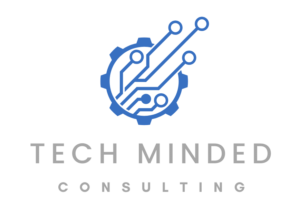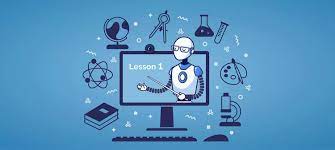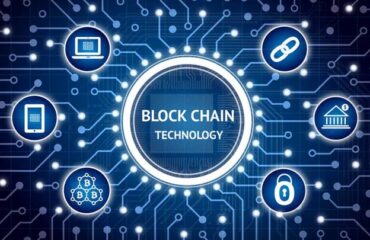Artificial Intelligence (AI) is becoming increasingly prevalent in our daily lives, from virtual assistants to self-driving cars. But what about in education? The integration of AI in schools has the potential to transform the way students learn and teachers teach. In this article, we will explore the basic concepts, importance, and examples of how AI is being used in education to improve learning outcomes.
What is AI in Education?
AI in education refers to the use of AI-powered technologies to improve learning outcomes for students. These technologies can range from intelligent tutoring systems that personalize learning to predictive analytics that identify struggling students before they fall behind. AI in education can also include chatbots that assist with administrative tasks and virtual reality simulations that enhance learning experiences.
Importance of AI in Education
The integration of AI in education has the potential to revolutionize the way students learn and teachers teach. Here are some of the benefits of using AI in education:
- Personalization: AI can personalize learning by adapting to individual student needs and learning styles. This means that students can receive personalized instruction and support that is tailored to their unique learning needs.
- Efficiency: AI can automate administrative tasks, such as grading and lesson planning, freeing up time for teachers to focus on student engagement and personalized instruction.
- Analytics: AI-powered analytics can provide real-time insights into student performance and identify areas where students may be struggling, allowing for early intervention and support.
- Accessibility: AI-powered technologies can make education more accessible for students with disabilities by providing tools for text-to-speech, speech-to-text, and translation.
Examples of AI in Education
- Intelligent Tutoring Systems: These systems use AI algorithms to personalize learning for students. They can adapt to the student’s pace of learning, learning style, and prior knowledge to provide personalized instruction and support.
- Predictive Analytics: These tools use AI algorithms to analyze data on student performance, attendance, and behavior to identify students who may be at risk of falling behind. This allows for early intervention and support to prevent students from falling behind.
- Chatbots: Chatbots can assist with administrative tasks, such as answering student inquiries and scheduling appointments. They can also provide personalized feedback and support to students.
- Virtual Reality Simulations: Virtual reality simulations can enhance learning experiences by providing immersive and interactive experiences that bring learning to life. For example, students can explore historical sites or conduct virtual science experiments.
AI has the potential to revolutionize the way we learn and teach in the 21st century. By personalizing learning, automating administrative tasks, providing real-time analytics, and enhancing accessibility, AI in education can improve learning outcomes for students and enhance the teaching experience for educators. As AI continues to evolve and become more integrated into our daily lives, it’s essential that we continue to explore how it can be used to improve education and prepare students for the future.





